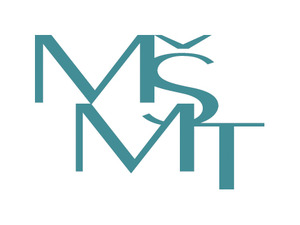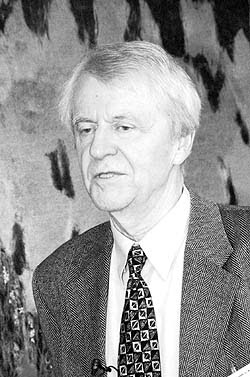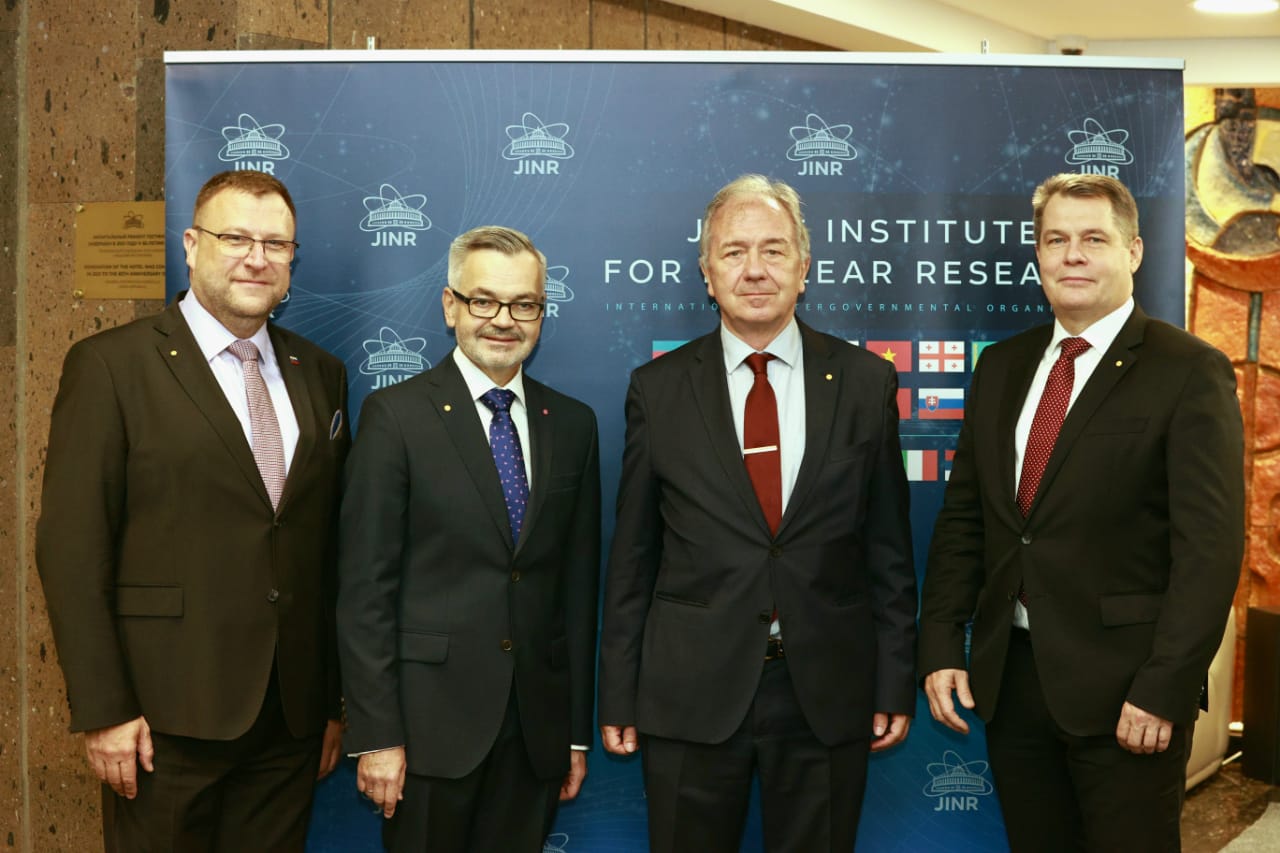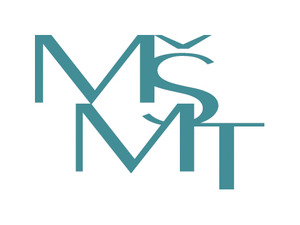Development of the Active Correlation Method: Theoretical-Methodological Aspect
Author
| Tsyganov Y.S. | JINR |
| Schlattauer Leo, Mgr. | Faculty of Sience Palacký University Olomouc, JINR Dubna |
| et al. | different institutions |
Year
2018
Scientific journal
Physics of Particles and Nuclei, 49 (6), 1036-1045
Web
Abstract
The Dubna Gas-Filled Recoil Separator (DGFRS) of the Flerov Laboratory of Nuclear Reactions (FLNR), JINR, is the most advanced facility for the synthesis and study of new superheavy nuclei. In the recent years, new elements with Z = 114 to 118 (Fl, Mc, Lv, Ts, Og) have been successfully synthesized. The DGFRS detection system and a unique method of active correlations for background suppression have played a significant role in these discoveries. Theoretical-methodological aspects of further development of the active correlation method are considered, especially in view of the upcoming commissioning of the new FLNR high-intensity DC-280 cyclotron for acceleration of heavy ions and the new gas-filled recoil separator. A numerical model of the edge effects between the neighboring strips on the p–n junction side of the DSSSD detector is presented. The corresponding empirical examples are given. A more flexible real-time algorithm is considered as a possible substitute for the current version with the rigidly set parameters. Since stability of the calibration parameters is strongly required for applying the method, the radiation stability factor is also briefly considered.
Cite article as:
Y. Tsyganov, L. Schlattauer, . et al., "Development of the Active Correlation Method: Theoretical-Methodological Aspect", Physics of Particles and Nuclei, 49 (6), 1036-1045 (2018)


 MINISTR ŠKOLSTVÍ KE SPOLUPRÁCI ČR S SÚJV
MINISTR ŠKOLSTVÍ KE SPOLUPRÁCI ČR S SÚJV INTEREST JINR, Wave 6
INTEREST JINR, Wave 6 The passing of Ivo Zvára
The passing of Ivo Zvára Call for the projects solved in collaboration with JINR (Projects 3+3)
Call for the projects solved in collaboration with JINR (Projects 3+3)  Call for the Grants of the Plenipotentiary of the Government of the Czech Republic in JINR
Call for the Grants of the Plenipotentiary of the Government of the Czech Republic in JINR Czech Ambassador in Russia visited JINR
Czech Ambassador in Russia visited JINR INTEREST JINR, Wave 5
INTEREST JINR, Wave 5 Russia Visa Centre
Russia Visa Centre Working Stays CR - JINR 2022
Working Stays CR - JINR 2022